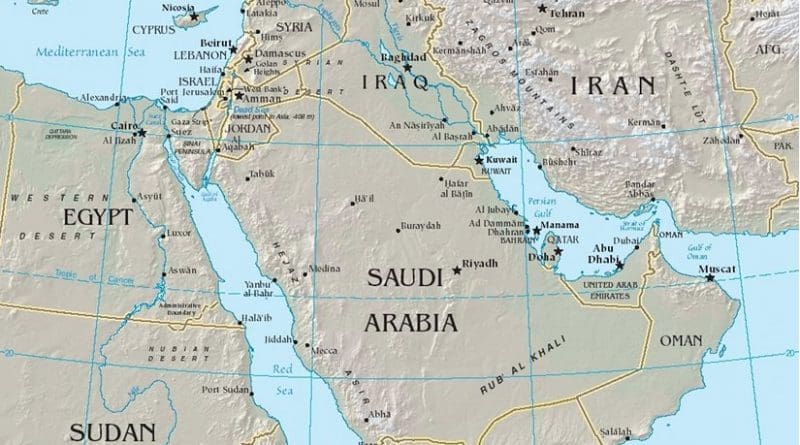Springs Of Life In The Dead Sea
Scientists have discovered dense and diverse microbial communities in and around fresh water springs on the Dead Sea floor.
The deepest point on the surface of the earth is the Dead Sea in Israel. Now a joint Israeli – German team of scientists found several systems of freshwater springs on the Dead Sea floor. Their presence has been speculated for decades as concentric ripples on the water surface are visible near the shore, but only with divers it was possible to detect this complex system of springs reaching 30 m depth.
To locate and study these springs was quite a task for the scientific diving team, as the high salt concentration makes the diving dangerous and difficult. The divers located the springs and took water and sediment samples in which they detected novel microorganisms.
Until the 1950s the Dead Sea was getting its main water supply from the river Jordan. When this source was cut off to supply drinking water, the sea level of the Dead Sea started to drop at an alarming rate – now decreasing by more than one meter per year. As a further consequence the Dead Sea changed dramatically. Since 1979 the lake has not been not stratified anymore but mixed from top to bottom due to changes in density of the upper water layers. It is difficult to estimate the total water balance of the lake, as several sources and sinks contribute, e. g. the submarine groundwater discharge, part of which derives from unidentified springs.
Novel microbial life in the focus
As far back as in the 1930s Hebrew University of Jerusalem researchers realized that the term ‘Dead Sea’ is inappropriate due to the presence of microorganisms. Prof. Aharon Oren, a collaborator on this project, has studied the Dead Sea since the 1980s, and observed blooms only twice: in 1980 and in 1992. Now Dead Sea microorganisms are again in the focus of scientists. An Israeli-German research team headed by Dr Danny Ionescu from the Microsensor Group at the Max Planck Institute for Marine Microbiology, Bremen, Germany took a very close look at two sites in the Dead Sea. Equipped with modern diving equipment and state of the art technology they located several springs and collected water samples. The researchers were surprised by the rich variety of microbial life in these water samples and in the vicinity of the springs. Around the springs they found mats of bacteria covering large seafloor areas containing considerable richness of species.
Dr Ionescu says, “These newly discovered bacteria are not the bacteria and algae which colored the Dead Sea in red as in 1992. We think our discovery will raise new questions. Some of these relate to the ability of these bacteria to survive in the Dead Sea, and the energy source feeding this ecosystem.”
“The microbes in the Dead Sea water mainly belong to the domain Archaea and they number around 1,000-10,000 per ml (much lower than regular sea water). Never before have microbial mats or biofilms been found in the Dead Sea and not much is known about sediment bacteria in the Dead Sea,” explain Ionescu.
The team is planning a follow-up expedition to the Dead Sea in October.
“Among the microbial community of the biofilms we found phototrophs, sulfide oxidizers among many other organisms. Most of the findings rely on molecular analysis. Our next expedition in October 2011 will deal with the actual activity of these organisms, and the many more questions that arose from these findings,” he said.
Hydrogeology
As part of the German funded SUMAR project research student Yaniv Munwes and Prof. Jonathan Laronne, Dept of Geography, Ben Gurion University of the Negev, developed a system to directly measure spring discharge and to study the structure of the upward, jet-like plume flow. This will allow a more accurate estimation of the water input into the Dead Sea by these springs.
The hydrological connection between springs occurring on land and submarines springs was in parallel studied by Dr Christian Siebert, Dr Stefan Geyer the PhD student Ulf Mallast from the Hemholtz Center for Environmental Research – UFZ, Halle, Germany. The chemical analysis of the spring water showed that its composition is not a direct result of the freshwater and Dead Sea water mixing but other processes are involved as well.

